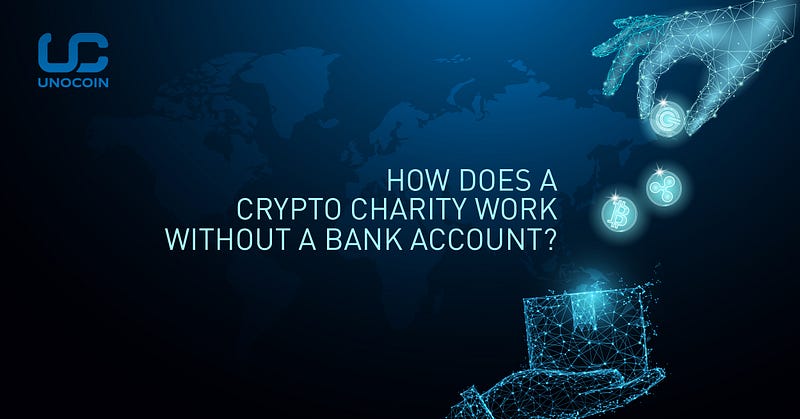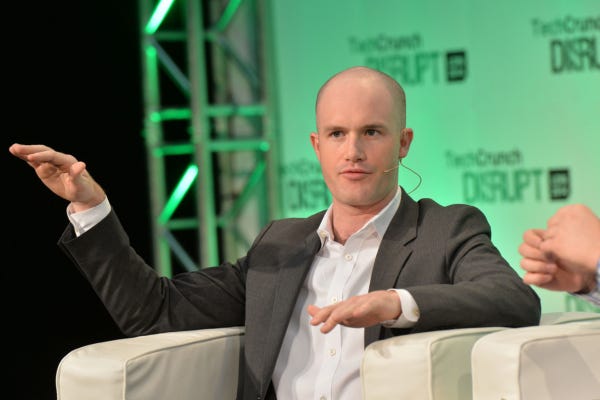
Brian Armstrong, co-founder and CEO of Coinbase has started GiveCrypto, a new global endeavour to help people hit by economic crisis and poverty by giving them Bitcoin and other digital assets.
How will it work?
Donations from people will be given to recipients caught in an economic crisis and bound by chains of poverty. The ones who receive help in the form of digital assets have two choices: either keep the funds in cryptoassets, or to exchange them for traditional i.e. fiat money.

About Give Crypto
GiveCrypto.org aims to partner with other non-profit entities to find potential recipients who stand a chance to benefit from this venture. Armstrong started the project with a personal $1 million donation, and is encouraging anyone who’s rolling around in crypto wealth — including Bitcoin, Ethereum, XRP, and ZCash — to pitch in too.
This nonprofit organization aims to raise $10 million by the end of 2018 and increase its funding to $1 billion within the next two years.
While initial donations to GiveCrypto will be used in part for operational overhead, Armstrong says the organization will be structured in such a way that 100 percent of their donated cryptocoins will go directly into the hands of those who are in dire need.
Some people might consider direct cash transactions as a better way to end poverty. Cryptoasset mining consumes a considerable amount of resources and a program like GiveCrypto is bound to be expensive. But Armstrong believes cryptoasset is an ideal vehicle for transfer of charity money. That’s because a cryptoasset solution costs almost nothing to move money and gives people who lack access to the traditional banking system a way to control wealth with just their phone.
“Distribution will be the hardest part,” Armstrong acknowledged, adding that his years of running Coinbase means he’s well familiar with fraud and people gaming the system.
GiveCrypto’s approach to preventing mismanagement involves including feasibility studies to figure out what works. Armstrong says there will be “lots of learning and testing” over several years.
How are recipients chosen?
From a sea of people who need financial help, how is it possible to make decisions when it comes to donations and funding? Initially, the team travelled to regions themselves to distribute funds in person. The project will eventually rely on “crypto ambassadors” who will assist in identifying people in need, and also demonstrate how to use the digital wallets that store cryptoasset.
GiveCrypto already has an initial leader in the person of Rose Bloom, an anti-poverty advocate who co-founded HandUp.org, a platform for donating to poor people in the U.S.
Other kind hearts
This past February, UNICEF launched a site called Chaingers.io asking visitors to mine Ethereum that would then be turned into funds for Syrian children. Now they are using cryptoasset to help children with supplies like food and water.
Ripple is a real-time gross settlement system, asset exchange and remittance network created by the Ripple company. The company donated $29 million gift to fund thousands of classroom projects across USA, and a project known as the Pineapple Fund which involves an anonymous Bitcoin billionaire giving away tens of millions to charitable causes.
The best thing about this organization is that it gives people control over their money, where they don’t have to rely on a bank or the government to offer a helping hand. This is how a charity backed by cryptoasset works in the absence of a bank.
In a nutshell: donors give cryptoasset, which is distributed by the organization to those in need. After learning how to operate wallets and store cryptoasset, the recipients can easily convert crypto to cash or keep their money in crypto.
Also Read:
https://blog.unocoin.com/ethereum-might-be-going-the-futures-route-798247ce6067



